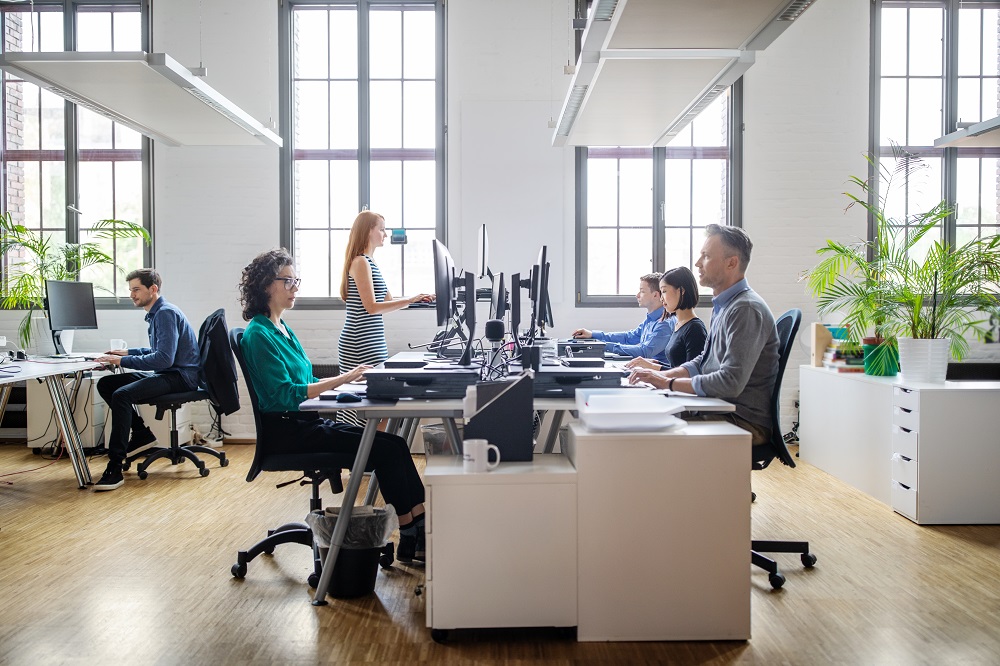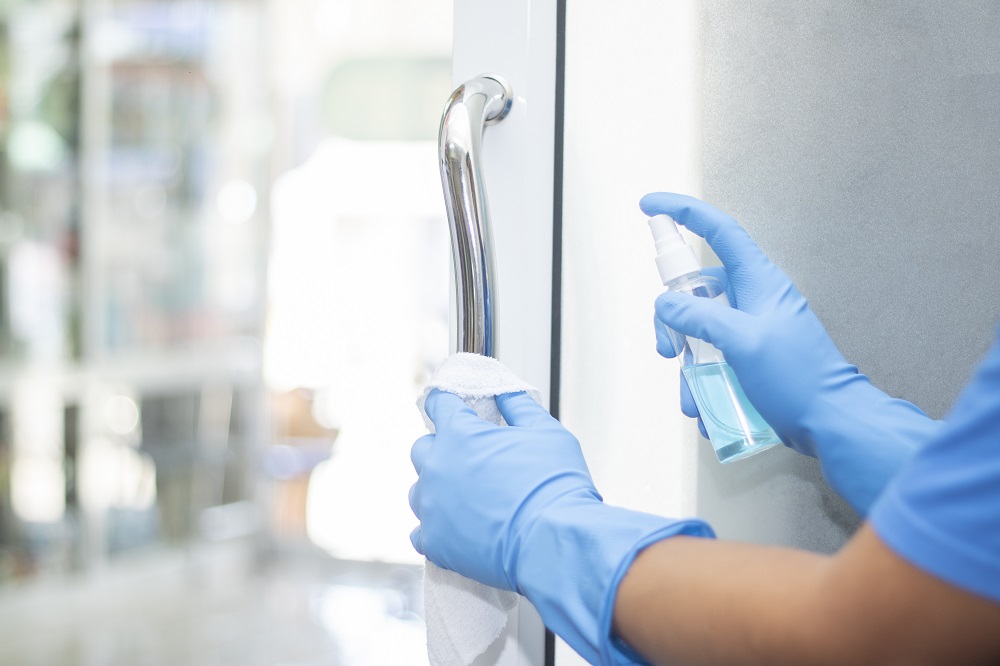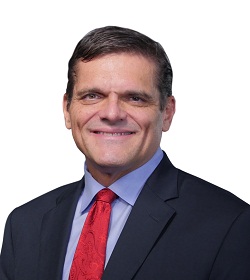
Once largely ignored or misunderstood, indoor air quality in buildings and facilities is now firmly on the radar for the cleaning industry as a result of the highly transmissible nature of the COVID-19 virus.
Of all the wake-up calls that COVID-19 has sounded for cleaners and facility managers during the pandemic, one is really starting to be heard – the importance of indoor air quality (IAQ).
The World Health Organisation (WHO) has recently formally recognised that COVID-19 is spread mainly through airborne transmission.
This acknowledgment has underlined the importance of proper ventilation and filtration of buildings, including the need for high standards of carpet care and heating, ventilation and air-conditioning (HVAC) maintenance.
In addition to the COVID-19 threat, another significant factor with IAQ is its impact on workforce productivity. A white paper released by GJK Facility Services notes that poor IAQ is estimated to cost the Australian economy about $12 billion annually in lost productivity.
The flip side is that considerable research suggests that people are healthier and more productive in environments with good IAQ.
Elias Stamas, CEO of GJK Facility Services, says that in the past IAQ may have been undervalued by some building owners because it is “often hard to smell or see the difference between clean air and poorer-quality air”.
“Unless a chemical cleaning product or fragrance has just been used, or there are evident air pollutants, facility users cannot immediately notice the difference,” he says.
“Studies show us, however, that constant exposure to an environment with low indoor air quality can take a toll on workers’ health.”
Bridget Gardner, director of HPC Solutions, says multiple studies have revealed that improving IAQ can result in worker productivity gains of 4 per cent to 10 per cent.
She says a mistake people often make with regard to IAQ is focusing only on the structure of a building, such as ventilation or the content of materials that are used in its construction. Yet they ignore the impact that cleaning and maintenance can have on IAQ once they move in.
“They don’t realise how critical it is to maintain the building with good cleaning practices,” she says.
Cleaners can play a dual role in improving IAQ, she adds, by efficiently removing dust and mould pollutants from a building, and by not contributing to poor IAQ via cleaning and disinfectant products that emit chemical pollutants.
Carpet hygiene on the agenda
When it is of good quality and properly maintained, carpet is an unsung hero in commercial facilities – after all, it is one of the biggest filters inside most buildings.
Kristine Collins, product manager at vacuum cleaner distributor SEBO Australia, says COVID-19 has highlighted for many building owners and operators that their cleaning programs and equipment must be up to standard if they want good IAQ.
“Best practice has always been to use the right cleaning equipment to suit the application – that is, an upright vacuum cleaner with high-performance filtration and hygienic, disposable filter bags to correctly clean and maintain commercial carpet tiles,” she says.
Collins says it is essential to know the flooring type in a building and to then use the appropriate equipment for that floor.
Discussions with technical staff or vacuum cleaner experts can then inform a carpet-maintenance plan that meets the Australian and New Zealand Standard AS/NZS 3733 for textile floor coverings.
Collins says the aim of carpet cleaning should be to retain the original pile texture and overall appearance of the carpet for as long as possible, as well as ensuring the flooring is hygienic and contributes positively to the indoor environment.
“Carpet tends to trap soiling,” she says.
“This helps to maintain better indoor air quality by holding the soiling at floor level instead of allowing it to circulate throughout the building. When cleaning is conducted regularly and with the correct equipment for the carpet type, it will prolong the life of a carpet and minimise possible health problems.”
The biggest mistake facility managers tend to make with soft floor furnishings, according to Collins, is using a ‘suction only’ vacuum cleaner such as a barrel or backpack.
“An upright vacuum with an electric brush roller is regarded as best by manufacturers for maximum debris removal.”
The second mistake is using re-usable cloth bags, or no bags at all. Disposable bags that reputable suppliers such as SEBO provide add another level of filtration.
‘Sick’ buildings an issue
Air-conditioning and ventilation also have a dramatic impact on IAQ. David Jones, a HVAC specialist and director at Airconstruct, has been designing, constructing and maintaining HVAC systems for more than three decades. His aim is to create healthy indoor environments for offices, or entire buildings.
Jones sees the mechanical services companies as the custodians of the air people breathe in buildings. While the are many inputs to the overall IAQ of a building, the HVAC systems play the largest part by far and are the source of mould outbreaks.
He is concerned that there is a “lot of snake oil” in the HVAC market as a result of COVID-19, with some contractors making promises on IAQ that they simply cannot meet.
“There’s been a lot of opportunistic activity from people who think they’ve got a solution,” he says.
Jones also warns building and facility owners to be cautious of some of the solutions being offered involving UV disinfection systems for air-handling units, which came to prominence during the swine-flu pandemic just over a decade ago.
“These systems are effective but can be costly to maintain and the UV bulbs have a limited life. As with all things, you get what you pay for, so if you’re considering UV, it is prudent to do life-cycle cost analysis and make sure it stacks up.”
Actions to improve indoor air quality
Although no one solution can address IAQ, the consensus is that best-practice cleaning standards – as well as a focus on proper ventilation and air filtration – are vital.
Gardner advises three ways for cleaners to remove and control airborne dust. First, all surfaces should be damp wiped with a folded cloth, rather than using ‘feather’ dusters and dusting wipes that simply move dust and virus particles from one spot to another.
“You shouldn’t be just flicking around the feather duster, but actually using proper damp-dusting techniques that capture all that fine dust,” she says.
Second, insist on using proper HEPA filters in vacuum cleaners, otherwise cleaners risk simply blowing the finest dust particles back into the air.
Third, use disposable liners and dust masks when emptying vacuum dust bags to safeguard the environment and the cleaners themselves.
As someone who has suffered ongoing heath impacts as a result of her days as a cleaner, Gardner is passionate about protecting cleaners from pollutants, bacteria and viruses.
Indoor dust in cities can be quite toxic, with pollutants blown in or “walked in” to buildings on shoes, then stirred up and re-aerosolised during cleaning. When fine dust particles enter the lungs they can harm people’s health.
“I really believe that cleaners should always wear dust masks while they’re vacuuming and dusting.”
Mould spores can be easily removed with a damp cloth, Gardner says, but regular cleaning to prevent the growth of mould is the key to healthy buildings.
A team effort
GJK believes achieving optimal IAQ requires collaboration between building managers, occupants and service providers such as cleaners.
This includes educating occupants that the strong smell of scented cleaning chemicals does not equate to cleanliness.
“In addition to ensuring products have low or no VOC emissions, chemical-free cleaning technologies and microfibre should be used wherever practicable to ensure better air quality,” Stamas says.
“Cleaning companies should also use low or no-scented cleaning products with little to no phosphorus content and increase ventilation in washrooms to reduce the use of air fresheners.”
With regard to HVAC systems, Jones agrees that ventilation and filtration is crucial. He suggests increasing ventilation rates across rooms to increase the air-change factor and considering if the use of F5 or F7-grade air filters as pre-filters over existing HVAC filters to provide an added layer of protection that can trap airborne particles containing possible viruses is viable.
“And you need to be able to validate that the fan power can do that without any detriment to the performance of the HVAC system. In essence, someone has to do the numbers and calculate the pressure drop.”
Jones is also an advocate of more comprehensive and widespread HVAC training as part of the fight against viruses such as COVID-19. To that end, he has created the nation’s only nationally recognised qualification for air-conditioning hygiene, the 10829NAT – Certificate II in Air-Conditioning Hygiene.
“The course is designed to bridge the gap between HVAC and the training skillsets of someone who already holds core cleaning skills. It’s ultimately intended to raise the bar for unqualified people who are out there now to enable better-quality IAQ work across the country that is also more affordable,” Jones says.
“As an industry we suffer HVAC trades skills shortages, so it makes sense to tap into the existing pool of cleaning labour and train them up to do some the HVAC cleaning tasks and leave the HVAC technicians to get on with the diagnostic and optimisation pieces.”
At SEBO, Collins concludes that cleaning results can only be as good as the equipment used.
“Ensure you are using the right equipment for the task, that the equipment is properly maintained and that your staff are qualified for the job,” she says.
Gardner believes IAQ will increasingly be on the agenda for facility managers and cleaners in the years to come.
She says the health of buildings – and the employees and cleaners within them – will suffer unless there is an insistence on best-practice maintenance and cleaning.
For more information on indoor air quality, see GJK’s white paper: 6 Ways to Optimise Cleaning for Wellbeing and Productivity at https://gjkfacilityservices.com.au/cleaner-spaces-safer-places
This article first appeared in the September/October issue of INCLEAN magazine
Comment below to have your say on this story.
If you have a news story or tip-off, get in touch at info@incleanmag.com.au
Sign up to INCLEAN’s newsletter.




